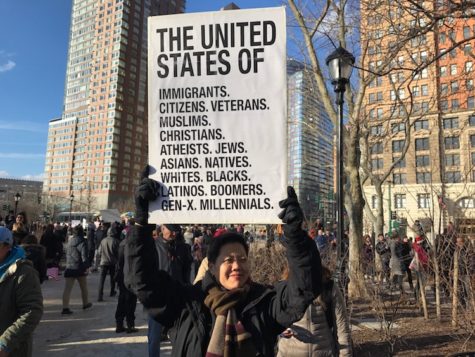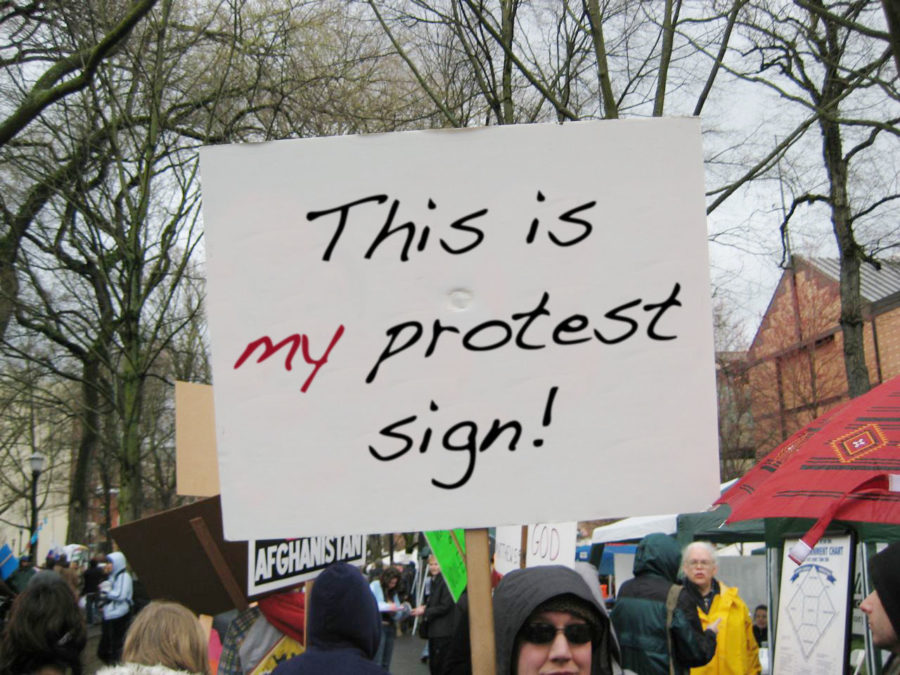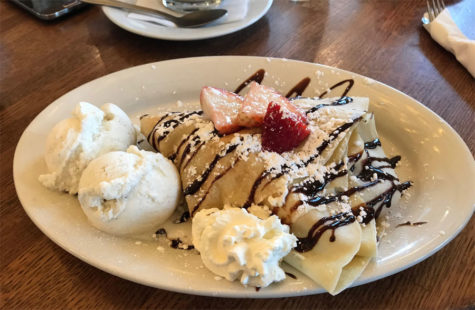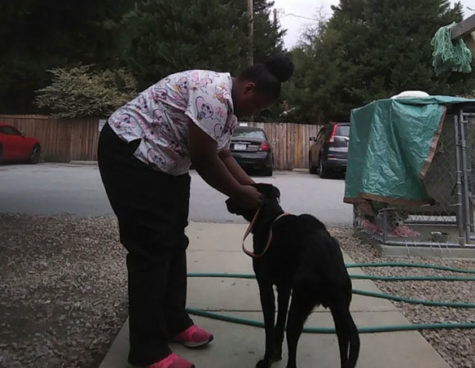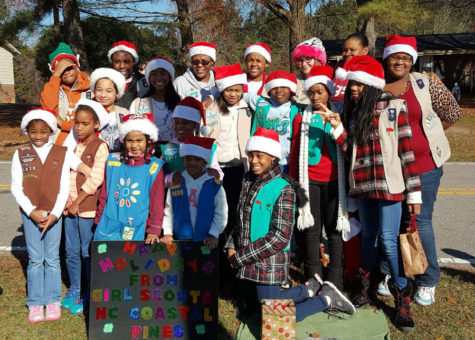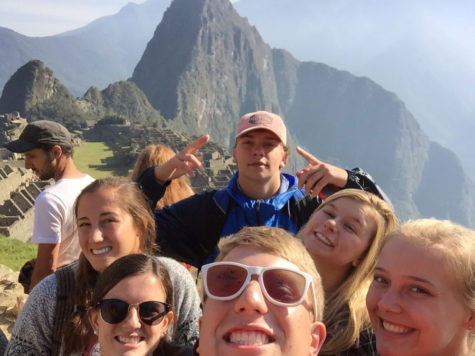Three historical American protests that changed the country
In the light of the walkouts and protests that students all around the United States have been organizing to fight for more laws that regulate gun ownership, it is relevant to bring up other protests around the globe which really made a difference.
Triangle Shirtwaist Fire Protest, 1911
During the early 20th century, work conditions (especially in factories) were still extremely precarious. This was an influence from the Industrial Revolution, in which, according to BBC, up to 40% of accident cases at Manchester Infirmary in 1833 were factory accidents. According to the same source, accidents such as roof falls, explosions, shaft accidents and drowning were frequent. Overall, the working conditions were inhumane.
According to the History Channel, the Triangle factory, owned by Max Blanck and Isaac Harris, was located in the top three floors of a building in Manhattan. It employed a large number of young immigrant women who worked in a cramped space at lines of sewing machines. According to the same source, the safety measures had been completely neglected by the owners and was one of the main reasons for the casualties that happened with the fire in 1911. Only one out four elevators were fully operational and the access to it was narrow and difficult in emergency cases. The building had two stairways that led down to the streets, but one was locked to prevent stealing and the other only opened inward. There was a fire escape but it was so narrow that History Channel notes that it would have taken hours for all the workers to use it, even in the best of circumstances.
On the day of the fire, March 25, 600 workers were found in the building. The fire began in a rag bin and managers were unable to extinguish it since the hose was rotted and its valve was rusted shut. The fire grew and the only functional elevator only managed to make four trips back and forth to rescue the employees before it broke down amid the heat and flames. The girls who tried to escape down the stairs found the door locked and were all burnt alive.
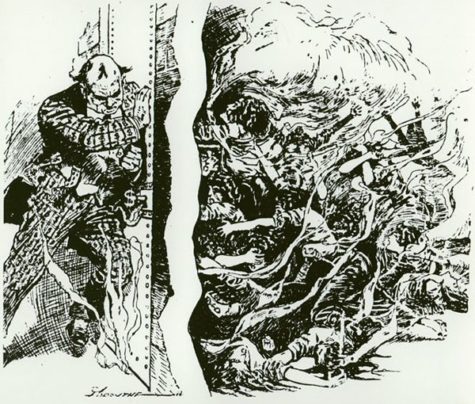
According to History Channel, forty-nine workers burned to death or were suffocated by smoke, 36 were dead in the elevator shaft when they desperately jumped in it after the elevator broke and 58 died from jumping out the windows to the sidewalks. With two more dying later from their injuries, a total of 145 people were killed by the fire.
This led to public outrage, especially after the owners were found not guilty during trial because there was no proof that they knew the doors were locked. According to Famous Trials, the Triangle Shirtwaist Factory led to the creation of a nine-member Factory Investigating Commission. The Commission undertook a thorough examination of safety and working conditions in New York factories. History explains that the workers union organized a protest march, which was attended by 80,000 people, on April 5 in New York’s Fifth Avenue to fight for better working conditions.
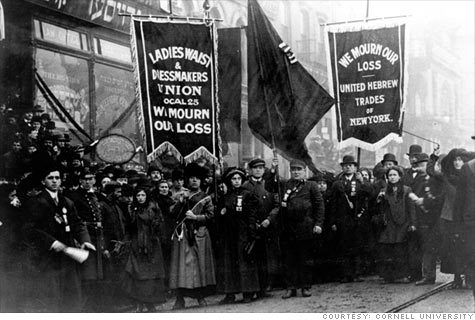
This protest was relevant historically-wise because it brought a lot of attention to the dreadful working conditions especially in the factories as well as to the ridiculously low salaries the employees received for working 14 hours a day. It led to changes in laws that helped insure a better employment situation to people.
Women’s Suffrage Parade, 1913
In 1913, women still couldn’t vote. To change that reality and to protest for their rights, thousands of women gathered in Washington, D.C. to call for a constitutional amendment guaranteeing women the right to vote.
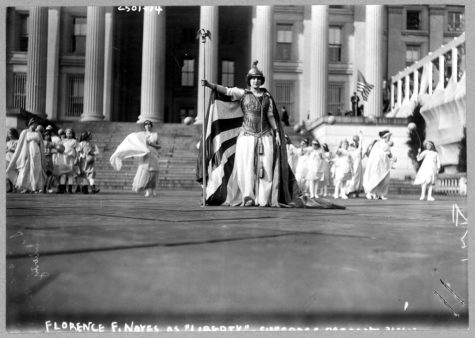
According to Barack Obama’s White House Archives website, the huge parade held on March 3 of 1913, was lead by Alice Paul and the National American Woman Suffrage Association. 5000 suffragettes marched up Pennsylvania Avenue, along with over 20 parade floats, nine bands, and four mounted brigades.
According to the same former source, the organizers of the parade also brought more attention to the event by strategically hosting it just one day before the inauguration of President-elect Woodrow Wilson.
According to ThoughtCO, the estimated number of onlookers was about half a million and during the protest, there were cases of spectators violently attacking, jostling or tripping the protestants. Many were angry opponents of suffrage or were upset at the march’s timing. This resulted in over 100 women being hospitalized for their injuries.
The parade led to major news stories and even congressional hearings, bringing the attention of the authorities to the suffrage movement.
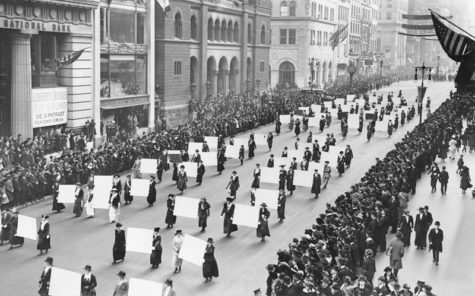
Although it took six more years for the 19th amendment to be passed by Congress in 1919 and one more year for the amendment to be ratified in 1920, it still was a major step towards a less male-prioritizing society and to more female recognition.
March on Washington for Jobs and Freedom, 1963
The March on Washington happened on August 28 of 1963 with 250,000 people gathering in front of the Lincoln Memorial in Washington, D.C. According to Khan Academy, it was the largest civil rights rally in U.S. history as well as one of the most famous examples of nonviolent mass protest.
The march was a follow-up response to earlier events which began in 1941 with A. Philip Randolph, who was an elder statesman of the civil rights movement. According to History, Randolph planned a mass march to protest blacks’ exclusion from World War II defense jobs and New Deal programs. The New Deals were a series of experimental projects and programs during the Great Depression, known collectively as the New Deal, that aimed to restore some measure of dignity and prosperity to many Americans.
Still, according to History, Randolph’s march ended up never taking place. A day before the event, President Franklin Roosevelt agreed to issue an executive order forbidding discrimination against workers in defense industries and government, establishing the Fair Employment Practice Committee (FEPC) to investigate charges of racial discrimination. However, about a couple years later, Congress cut off funding to the FEPC and it dissolved in 1946.
Randolph, then, began planning another mass march to once again protest for jobs to the African American population. At about the same time, the influential activist named Martin Luther King Jr. planned a march for freedom along with his Southern Christian Leadership Conference (SCLC) group. Since both groups were planning to protest for correlated causes, they decided to put their efforts together into one mass march which was called the March on Washington for Jobs and Freedom.
Martin Luther King Jr. was very involved in the American civil rights movement and historically became one of the most well-known characters of the movement. He is especially popular for the nonviolent protests in which he was involved, such as the Montgomery Bus Boycott, against segregation in buses and in society, and his moving speech “I Have a Dream” in the March on Washington.
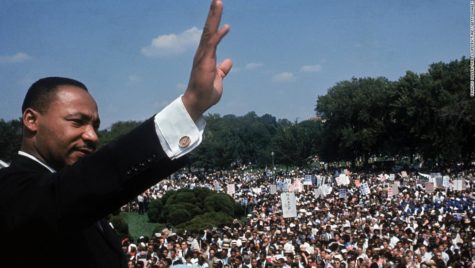
According to Khan Academy, on August 28 of 1963, 250,000 protesters met at the National Mall in Washington, D.C to demonstrate in favor of full civil, political, and economic rights for African Americans.
At the end of the procession, the representatives of the sponsoring organizations delivered speeches.
The last one to speak was King, who, according to Khan Academy, delivered the most well-remembered speech of the civil rights movement era. His speech was later on called “I Have a Dream” because of a line from the speech that became quite famous. This discourse talked about King’s envisioned world where people were judged not by the color of their skin, but by the content of their character.
Although King’s speech was formerly meant to be only four minutes long, he ended up departing from his notes and spoke fervently for 16 minutes. In his speech, King discussed the Emancipation Proclamation, which banned slavery in the United States, and how even a century black people were still kept unfree by segregation. He discussed the controversy of America’s founding principle being freedom but allowing
“One hundred years later, the life of the Negro is still sadly crippled by the manacles of segregation and the chains of discrimination. One hundred years later, the Negro lives on a lonely island of poverty in the midst of a vast ocean of material prosperity. One hundred years later, the Negro is still languished in the corners of American society and finds himself an exile in his own land. And so we’ve come here [to the march] today to dramatize a shameful condition.”
-Excerpt from Martin Luther King Jr’s “I Have a Dream” speech, 1963.
King discussed the controversy of freedom being America’s founding principle but the nation allowing there to be such unjust captivity in society for the African American people. He spoke of how the black community would not rest until equality was given to all and so were better rights.
“And there will be neither rest nor tranquility in America until the Negro is granted his citizenship rights. The whirlwinds of revolt will continue to shake the foundations of our nation until the bright day of justice emerges.”
-Excerpt from Martin Luther King Jr’s “I Have a Dream” speech, 1963.
King asks the black people to keep on fighting but not cruelly but with discipline and values. He asks them not to hate the white people either, for many have come to realize that no group shall ever be free as long as the other is not.
“The marvelous new militancy which has engulfed the Negro community must not lead us to a distrust of all white people, for many of our white brothers, as evidenced by their presence here today, have come to realize that their destiny is tied up with our destiny. And they have come to realize that their freedom is inextricably bound to our freedom.”
-Excerpt from Martin Luther King Jr’s “I Have a Dream” speech, 1963.
Lastly, King talks a lot about the fairer future he hopes will soon come to all people, especially to Native Americans. This is the part of his speech that later on became the most popular and gave it the “I Have a Dream” title.
“And so even though we face the difficulties of today and tomorrow, I still have a dream. It is a dream deeply rooted in the American dream. I have a dream that one day this nation will rise up and live out the true meaning of its creed: ‘We hold these truths to be self-evident, that all men are created equal.’ I have a dream that my four little children will one day live in a nation where they will not be judged by the color of their skin but by the content of their character.
I have a dream today!”
-Excerpt from Martin Luther King Jr’s “I Have a Dream” speech, 1963.
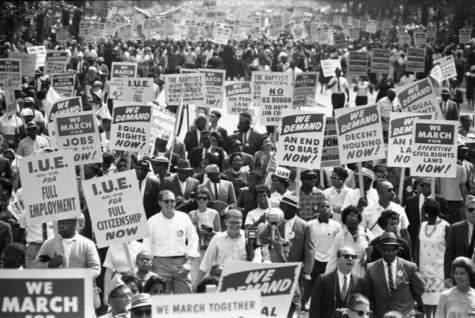
These three historical protests mentioned above are just a very small portion of the number of marches and revolts in which people stood up to the injustices and unrighteousness of their times and made a significant change. They show how crucial protests are and how they lead to important changes when the population is heard.
